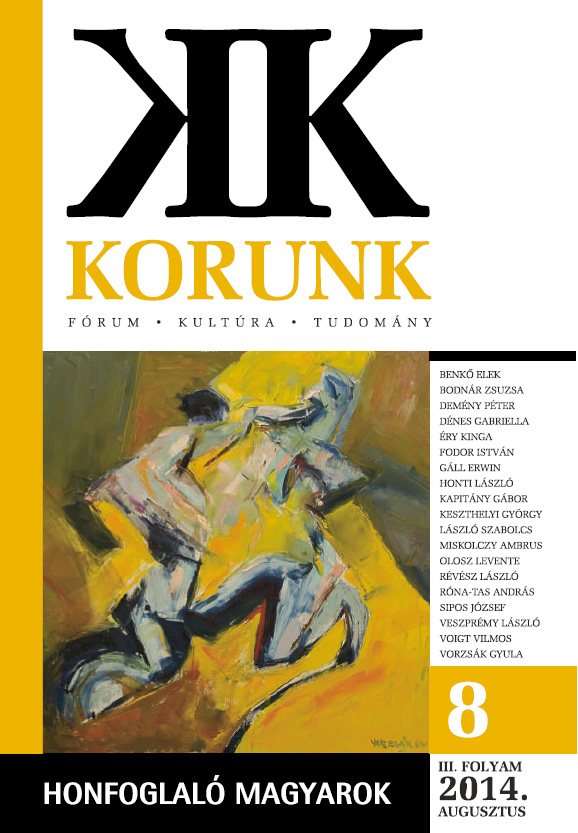A rejtélyes 10. század
The Enigmatic 10th Century
Author(s): István FodorSubject(s): History, Middle Ages
Published by: Korunk Baráti Társaság
Keywords: land-taking Hungarians; 10th century; nomadic lifestyle; settling;
Summary/Abstract: There are only external (foreign) sources of the 10th century history of the Hungarian colonizers, and these sources only inform us about the marauding expeditions of the Hungarians, and are silent about their internal life. Consequently, we do not know how this population, which has come from the East, could establish one of the most significant Christian kingdoms of the area. Arabic and Byzantine sources describe 9th century Hungarians as nomads. The essential characteristics of this strategy of nomadic pastoralism are exemplified by the grazing route, stretching alongside rivers, between the southern winter quarters and the northern summer quarters, of 13th century Mongolian aristocrats (Fig. 1). However, such a method of pasturage was inadequate for the Great Hungarian Plain, since rivers had vast flood-plains before their regulation (Fig. 2). Therefore, traditional nomadism was not possible here, and the Hungarian nomadic communities settled down (a significant part of them have already opted for a settled lifestyle in the East). The 10th century saw the emer-gence of a network of villages compelled to pay tribute to the prince (Fig. 3-4). The high quantity of noble metals acquired through military campaigns was used by the repre-sentatives of the traditional nomadic elite for prestige purposes, and they took these goldsmith objects with them to their graves. Géza, Grand Prince of the Hungarians, limited the power of the elite and began the establishment of a European-type state, relying on the economic power of the rural population.
Journal: Korunk
- Issue Year: 2014
- Issue No: 08
- Page Range: 3-11
- Page Count: 9
- Language: Hungarian

